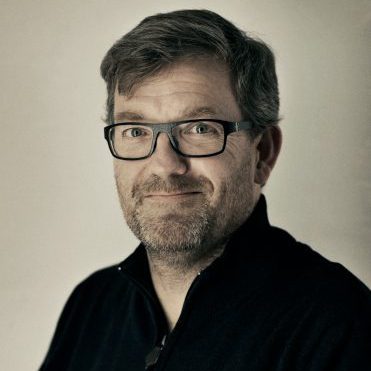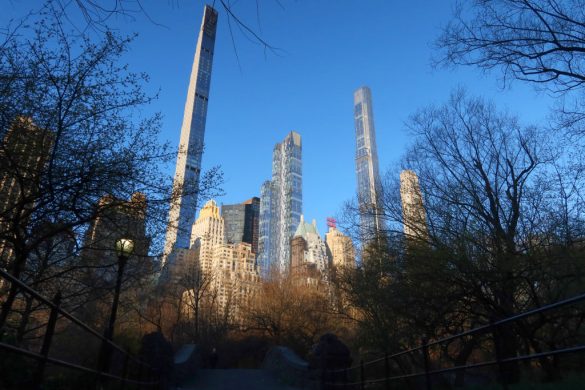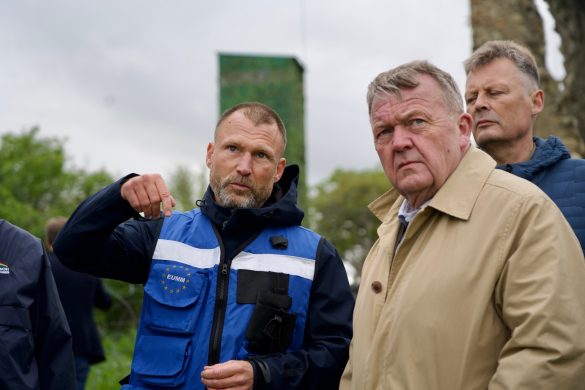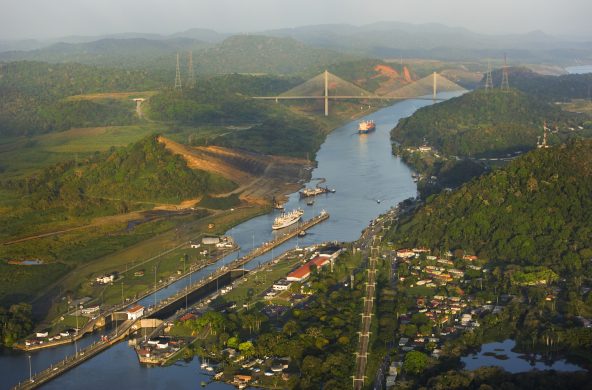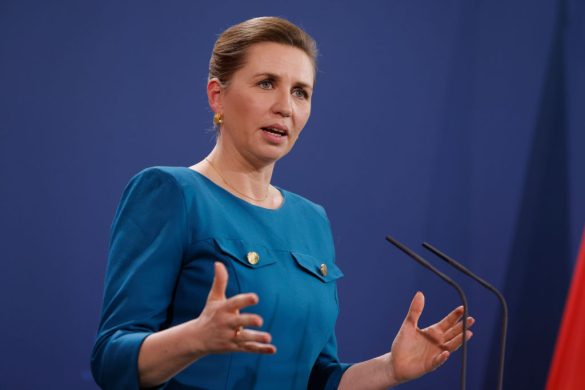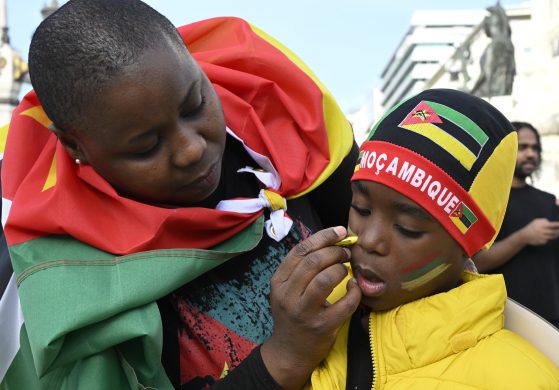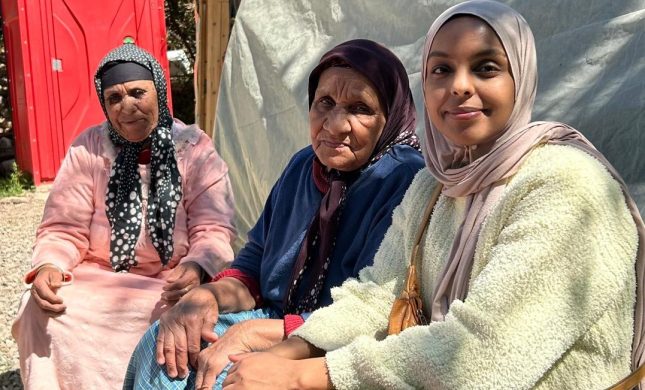Russia recently submitted to the United Nations its post-2020 climate plan, known as an “intended nationally determine contribution” (INDC), becoming one of the first countries to do so. It states that “limiting anthropogenic greenhouse gases to 70-75 percent of 1990 levels by the year 2030 might be a long-term indicator,” suggesting that by 2030, Russia intends to reduce emissions—across all sectors and gases—by 25-30 percent compared to 1990 levels.
However, the devil is in the details. Taking a closer look at Russia’s climate plan reveals that the country could increase its emissions about 40-50 percent above current levels by 2030.
There are several things to keep in mind when interpreting Russia’s INDC:
1) Emissions have already dropped 50 percent from 1990 levels.
With the collapse of the Soviet Union in the early 1990s and the economic rebuilding that followed, Russia’s emissions trajectory has not followed a pathway similar those of many other developed countries. According to Russia’s latest greenhouse gas inventory figures, emissions levels in 1990 were higher than at any other time in the past quarter century, and declined 50 percent from 1990 levels by 2012.
2) The INDC target suggests that emissions could increase by 40-50 percent by 2030.
The INDC is framed as a reduction from 1990 emissions levels, a time period prior to the collapse of the Soviet Union when emissions were much higher than today’s levels. If the INDC were relative to a 2012 base year instead, the INDC would constitute a 40 to 50 percent increase from 2012 levels by 2030. Therefore, the INDC provides Russia the flexibility to significantly increase emissions from today’s levels.
3) Emissions levels in 2030 may not be lower than those in 2020.
Under the 2010 Copenhagen Accord, Russia pledged to reduce its total emissions 15-25 percent below 1990 levels by 2020. Interestingly, the INDC makes note of an existing domestic decree that has a target of reducing emissions 25-30 percent below 1990 levels by 2020 (the same target as the INDC, but realized a decade earlier). Depending upon where in the range emissions fall—at the low end of 25 percent or high end of 30 percent—the domestic decree could exceed the Copenhagen pledge, or may just be consistent with it.
Therefore, the INDC – a 25-30 percent reduction below 1990 levels by 2030 – may not result in a lower emissions level in 2030 than a decade earlier in 2020. The emissions trajectory between 2020 and 2030 is unknown. It is not clear whether Russia intends to keep emissions more or less flat for a decade or whether they will increase and then come back down by 2030.
4) The way Russia’s forests are included in the INDC may limit emissions reductions from non-land sectors.
Russia states that its target is “subject to the maximum possible account of absorbing capacity of forests.” Tree cover loss recently surged in Russia, so it’s important that the country commits to strong policies to maintain healthy forest landscapes. At the same time, however, the Russian boreal forest is currently a significant carbon sink.
Depending on how the land sector is accounted for, there are concerns that the inclusion of the sector in the target (instead of a separate target for the land sector) could provide little incentive for emissions reductions in other sectors, such as in the energy sector, which is Russia’s largest-emitting sector.
To have a likely chance of limiting global temperature rise to 2°C (3.6°F) and thus prevent some of the worst impacts of climate change, the Intergovernmental Panel on Climate Change (IPCC) states that emissions must peak in all regions by 2020.
While not all countries will have to peak by this year, Russia is the fifth-largest emitter globally. It remains unclear when Russia’s emissions will peak, but from the numbers in its INDC, it appears likely to be after 2020. Without an earlier peak date, the rest of the world would have to make up the difference to maintain a likely chance of limiting warming to 2°C.
Russia notes that its INDC will only be finalized later in the context of the 2015 climate agreement, set to be negotiated in December. This is a positive signal that the country may be open to revising its climate plan. While it is commendable that Russia has come forward so quickly, we hope that major emitters like Russia increase their ambition to help overcome the global climate change challenge.


